5 easy ways to say Hello and Goodbye in Korean
- byTolulope Ayileka
- 1 year ago
- 0 Comments
- 4mins
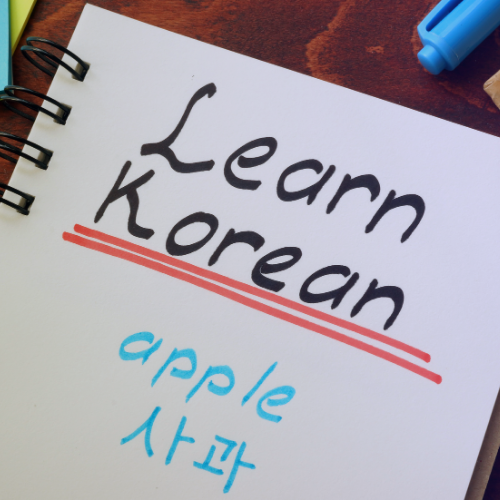
Hi, Chingu!
As an international fan, it’s probably on our bucket list to travel to Korea for a dream vacation, attend K-pop events, movie festivals, fan meetings, or even live in Korea. So, it’s important that despite being able to sing IU’s Love Wins All in acapella, you should still be able to say “hello” the proper way.
The Korean language has 3 conversation tones which are casual, polite, and formal so saying ‘Annyeong Haseyo’ till you’re blue in the face is not going to cut it anymore, as there are other ways to say hello and sound like a pro.
Just in case you don't recognize the Korean alphabet, I've romanized these 5 tips so you can read and pronounce them well (but Romanization is not a good way to learn Korea, learn Hangul, you lazy person).
Annyeong (안녕)
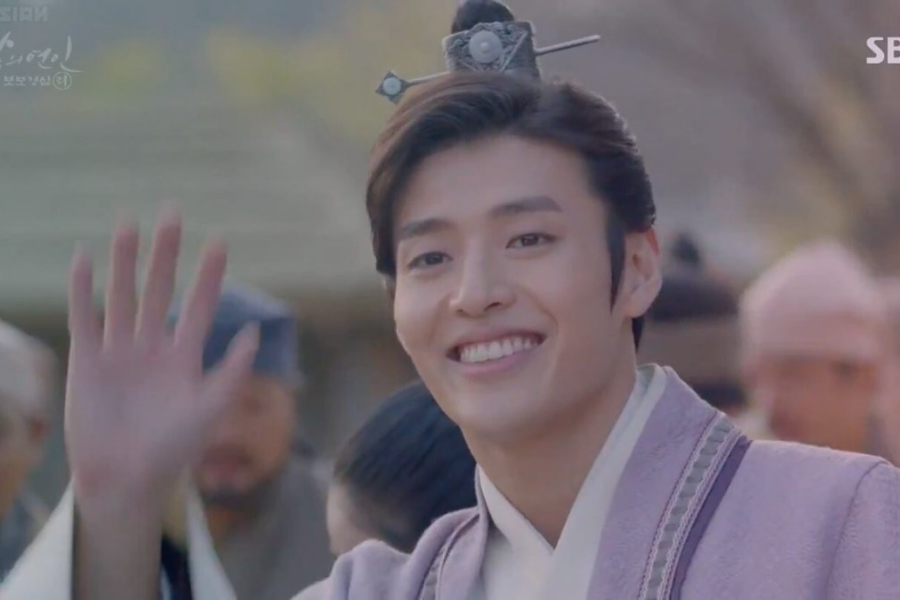
This is the easiest way to say hello, good morning, good afternoon, good night, and goodbye. It is like aloha but Korean. It literally means "PEACE", and it's a very casual and informal greeting that can be used to address your close friends, young family members, and anyone younger than you. Use only for those you have close relations, not acquaintances, older people, work colleagues, or strangers. Korean culture is very big on politeness and respect, especially for older people so don’t go into a restaurant and say “Annyeong” to the waiters, you’ll be seen as rude.
Annyeong Haseyo (안녕 하세요)
This is the most common Korean greeting known to man since the Big Bang. It is also the most acceptable form of greeting as it is polite and can be used to address anyone irrespective of age, position, or place. This greeting is equivalent to the English question "How are you?" and literally translated, it means: "Are you at peace?" It can also be said just as a statement with the last syllable pronounced in a low tone. Then, it would mean you're wishing that the listener is at peace.
You could waltz into the Blue House right now and say “Annyeong Haseyo” to the president. It’s basically a superpower.
Annyeong Hashimnikkka (안녕하십니까)
This is the formal way of saying hello. It's a higher version of Annyeonghaseyo and is used in extremely formal situations. From your boss, the president of Korea, your rich oppa’s grandfather, and any of the Korean mountain spirits you might be betrothed to; this is the highest, most respectful way of saying hello.
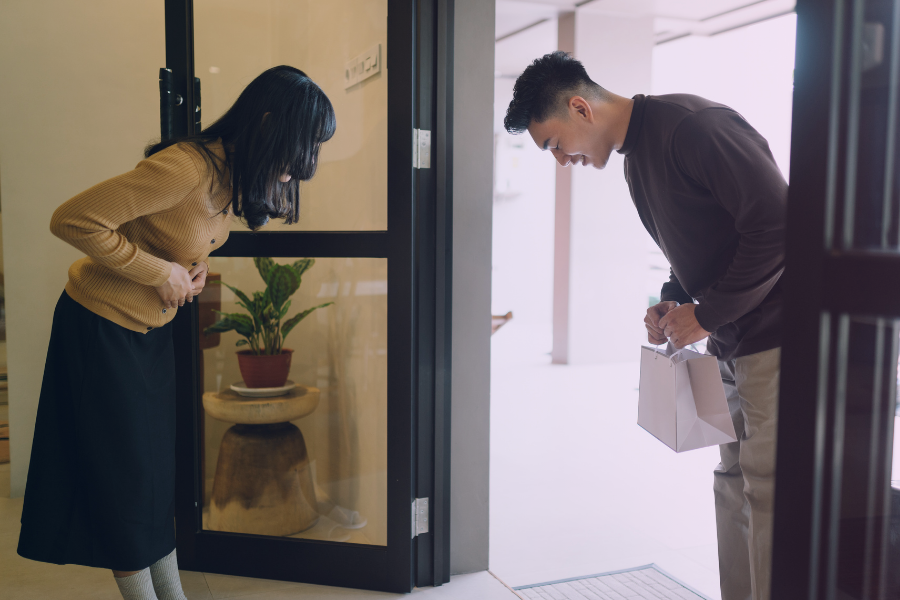
Annyeong Higyeseyo (안녕히계세요)
This variant of “annyeong” is used when saying goodbye. Let’s paint a scenario: your Korean friends came around to visit you, now it's 6pm already and way past your delulu time on YouTube and they get the psychic message. When they're leaving, they say "Annyeonghigyeseyo" to you. This statement literally translates to mean; "stay in peace". It is always said by the person leaving to the person staying.
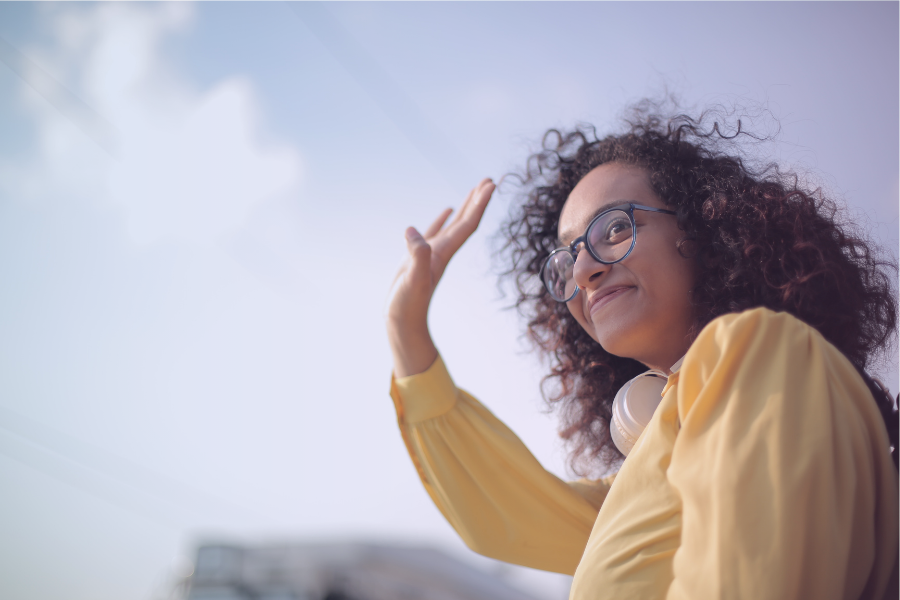
Annyeong Higaseyo (안녕가세요))
Back to our scenario: your friends are leaving and secretly judging you for not having a real boyfriend/girlfriend because you don’t go out and their visit was an intervention which obviously didn’t work. They turn around and say “annyeong higyeseyo” to you. This is because they are leaving you behind and properly going to get drinks without you. Then you say “annyeong higaseyo” to them.
Therefore, if you are saying goodbye to someone leaving, it is “annyeong higaseyo”. It can also be used when both parties are leaving to different locations as well.
Whether casual, polite or formal, saying “hello” has the power to build friendships, seal business deals and make your Korean language journey even more amazing.
Till later, annyeong higaseyo
Tags:
Tolulope Ayileka
Tioluwa is a lover of all things good story telling and adventure, so it's no surprise she's officially hooked to all things Korean. She believes learning and having fun is synonymous and prides herself a K-drama guru. From Korean lifestyle to history, she's all over it like sauce on kimchi.
0 Comment(s)
Related Posts
Daily Newsletter
Get all the top stories from Blogs to keep track.
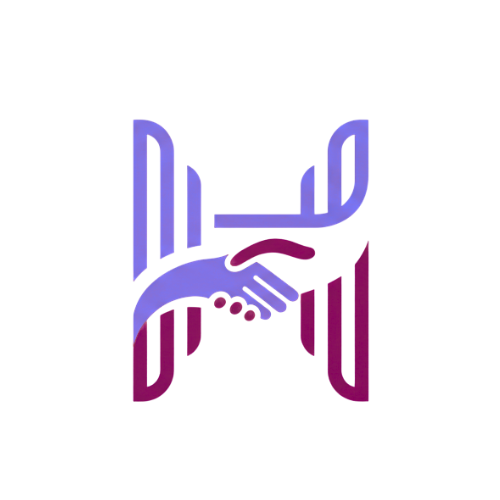

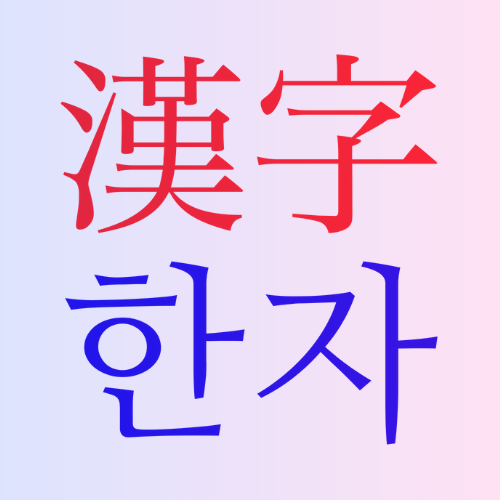


Leave a comment